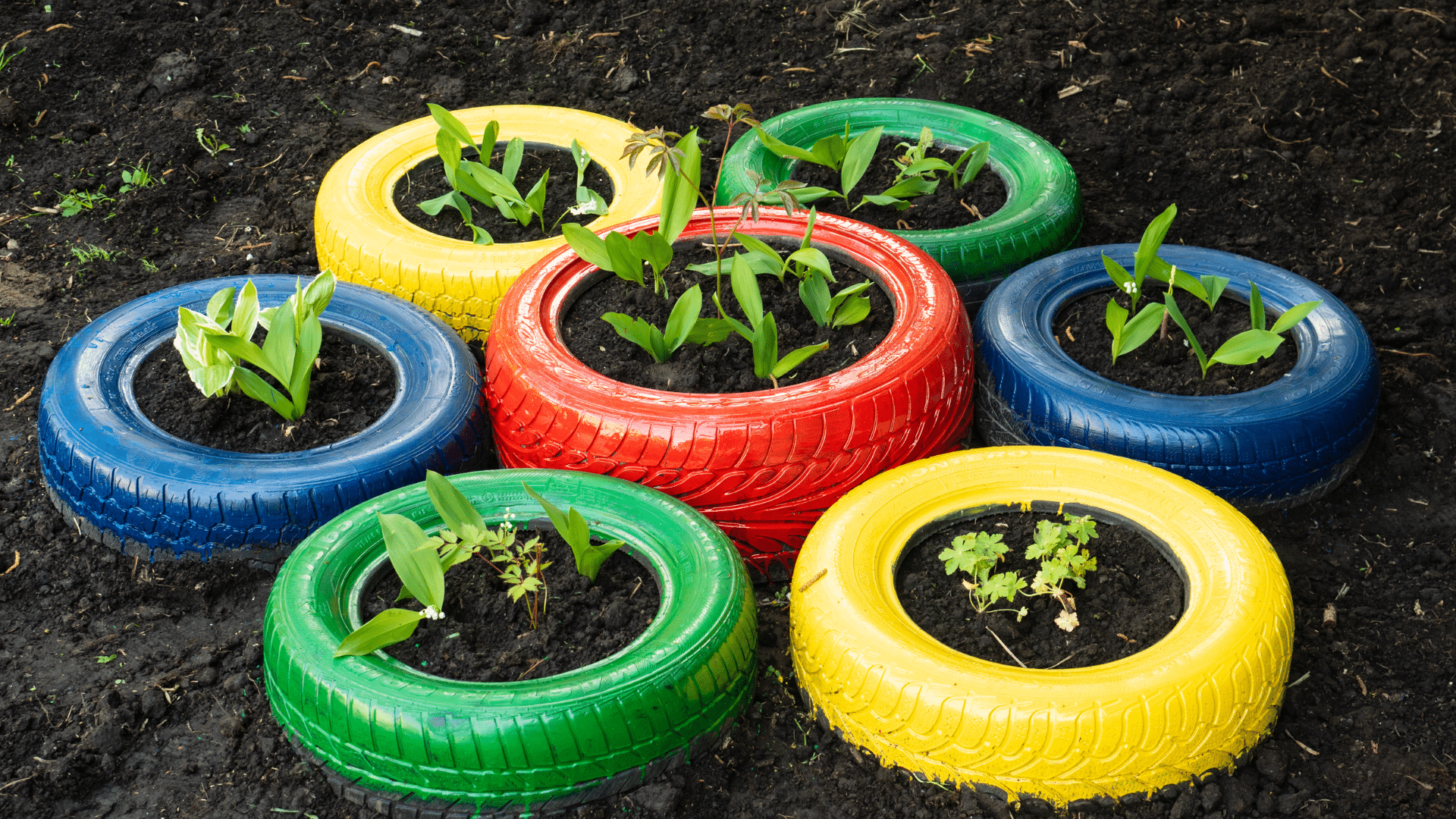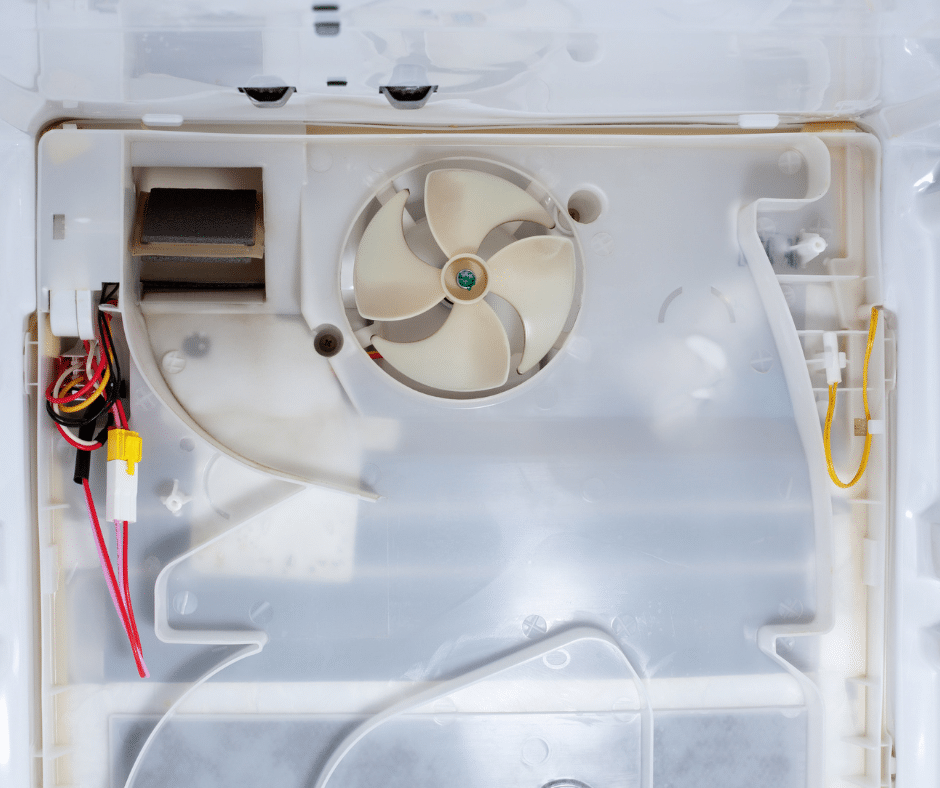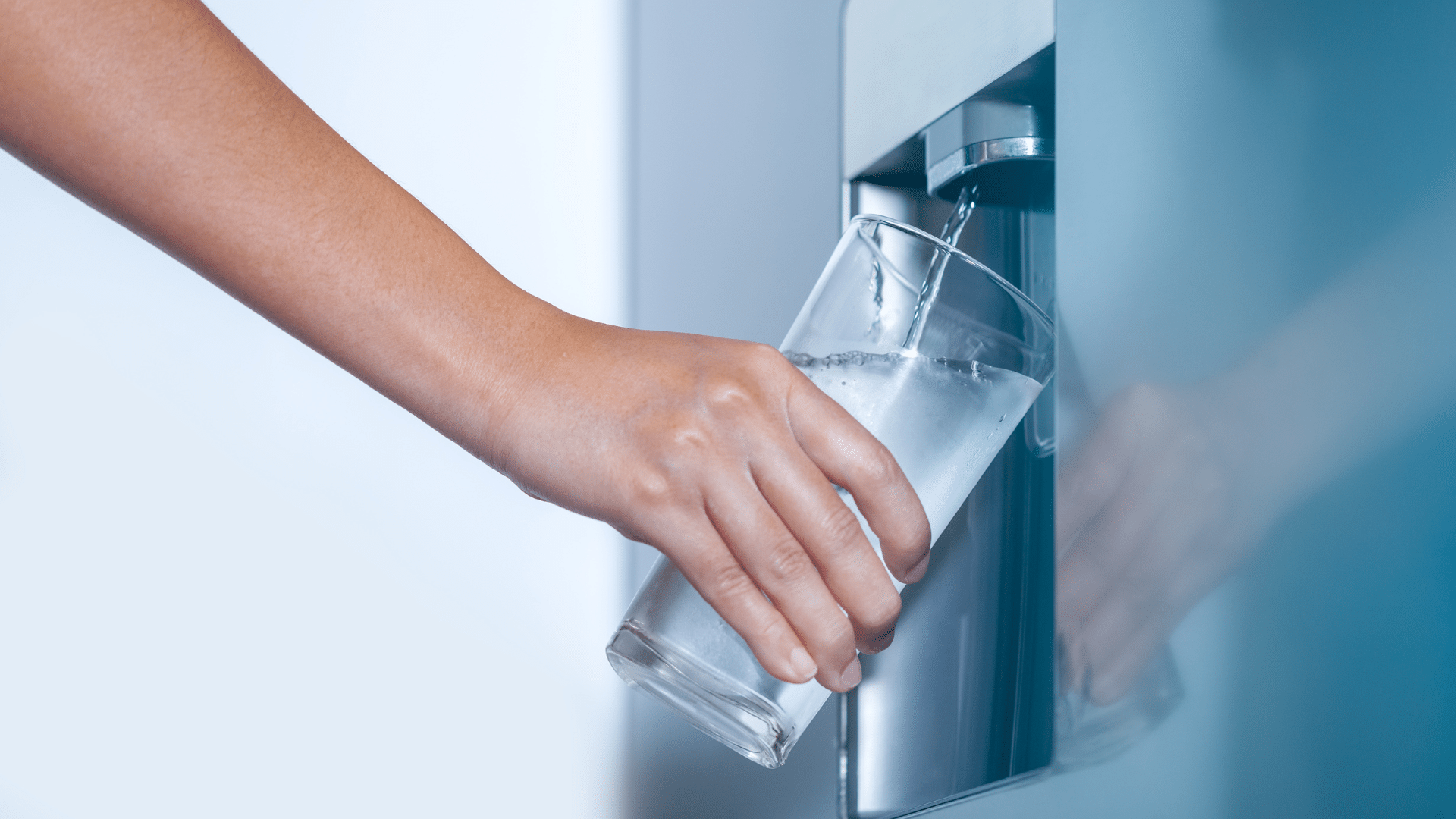
Have you ever wondered how that magical machine in your laundry room manages to transform dirty, stained clothes into fresh, clean garments? The answer lies in the complex yet fascinating world of washing machines. In this blog, we will delve into the inner workings of washers and shed light on the science behind their cleaning prowess.
The Fundamental Components
Washing machines may appear simple on the outside, but beneath their sleek exteriors are a multitude of components working together to deliver spotless laundry. Here are the key players in this laundry transformation:
Drum or Tub: The heart of any washing machine is its drum or tub. This cylindrical container is where your clothes are placed for washing. In most washers, the drum rotates horizontally, while some modern models have vertical drums.
Agitator or Paddles: In traditional top-loading washers, an agitator or paddles sit in the center of the drum. These components help move clothes around during the wash cycle to ensure even cleaning.
Motor: Washers are equipped with an electric motor that powers the entire process. This motor is responsible for spinning the drum and controlling the timing of various cycles.
Pump: At the bottom of the washer, you’ll find a pump. Its role is to circulate water during the wash and drain it during the rinse and spin cycles.
Valves: Water inlet valves control the flow of hot and cold water into the machine. These valves open and close to maintain the desired water temperature during the wash.
The Wash Cycle
Now, let’s walk through the typical wash cycle to understand how these components work in harmony to clean your clothes:
Filling: At the beginning of a wash cycle, the water inlet valves open, allowing hot and cold water to enter the machine. The amount of water and its temperature are controlled based on the selected wash settings.
Agitation: In top-loading machines, the agitator or paddles start moving, stirring the water and clothes. This action helps dislodge dirt and stains from the fabric.
Detergent and Fabric Softener Dispensing: Dispensers release detergent and fabric softener at the appropriate times during the cycle. These products break down and remove stains and add freshness to your clothes.
Rinsing: After the clothes have been thoroughly agitated and soaked in soapy water, the machine drains the dirty water and refills the drum with clean water. This process is usually repeated several times to ensure detergent residue is removed.
Spinning: Once the rinsing is complete, the washer shifts to the spin cycle. The motor spins the drum at high speeds, forcing excess water out of the clothes and into the drainage system.
Drainage: The pump facilitates the removal of water from the drum, leaving your clothes damp but not soaking wet.
End of Cycle: After completing all the necessary cycles, the washer stops and signals that your laundry is ready to be removed.
Conclusion
Washing machines are marvels of engineering, utilizing a combination of mechanical, electrical, and hydraulic systems to make our lives easier and our clothes cleaner. Understanding how washers work can help you make the most of your machine and ensure your laundry comes out fresh and spotless every time. So, the next time you toss your clothes into the washing machine, you can appreciate the intricate dance of components that makes it all possible.

Best Deals on New Appliances: Saving Money without Sacrificing Quality

Elevate Your Kitchen: A Guide to Choosing Aesthetically Pleasing Appliances

Reviving Old Appliances: Upcycling for a Sustainable Future

To Repair or Replace? Making the Right Decision for Your Appliances

5 Best Breakfast Spots in Reno 2024

Understanding the Inner Workings of a Refrigerator: A Cooling Marvel

Unveiling the Most Commonly Reported Issues with Household Appliances

Unveiling the Mystery: Why Water Might Taste Weird Coming Out of Your Fridge Water Dispenser

Revolutionizing Appliance Repairs: The Impact of Technological Advancements


